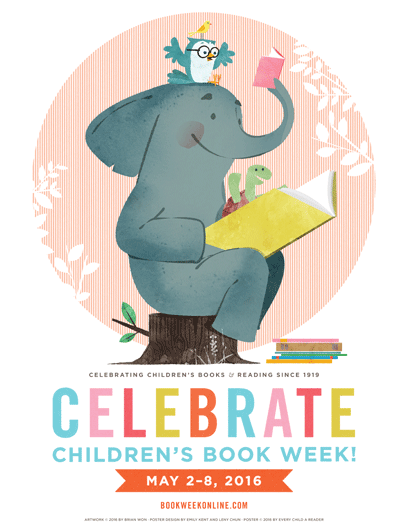 Is that a poem in your pocket?
Is that a poem in your pocket?
What was your favorite poem from childhood? Do you, like me, occasionally shudder with the echoes of an older brother who could recite “For Sale” from memory? Does a poem evoke fond childhood memories like a shared memory between siblings, as it does for Research Fellow Sarah Vaala? Whatever your connection, poems have the ability to engage us all with a long tail effect.
Today is national Poem in Your Pocket day. The idea, presented by the Academy of American Poets, is to share poems with co-workers, family, friends, frenemies and anyone else you come across as part of National Poetry Month. You can even share with your tweet-verse with the hashtag #pocketpoem.
Who better to share a poem with than a child, particularly a child who is still developing their literacy skills. Today, these skills surpass the traditional concept of communications – as what was previously done by phone or even in person now demands honed reading and writing skills. Anecdotal research – as anyone who has spent time around a toddler engaged in endless rhymes and repetition can vouch – has shown that children very early develop an interest in, and a pre-occupation with, the patterns and sounds of language and syntax.
Poetry can teach patterns, syntax (both as in traditional syntax and that ever popular old computing error) and logic – covering not just the modern needs of reading and writing literacy but also STEM. Sarah Glaz, a professor at UConn and author of Strange Attractors: Poems of Love and Mathematics noted:
“The power [of a poem] may also reside in the heightened interest generated by a presentation of mathematical ideas in a broad context, a context that includes historical, social, and artistic dimensions, in addition to the mathematical one. This pedagogical aspect of either history or art in the teaching of mathematics is present, even if the original reasons for their inclusion in the classroom may have been different. In addition to enrichment of pedagogy through engagement, both history and art are often used in the mathematics classroom to shape course content and to enhance learning, retention, and integration of material.” 1
Looking for ideas? Poets.org, the AAP’s website, has a bevy of convenient pocket sized poems – Poems for Your Pocket. Additionally, we’ve been running an informal month long survey of favorite childhood poems (from pre-school to high school) and here are the top mentions in responses and staff picks.
Readers’ Write-ins:
| Shel Siverstein – with particular mention to the following: |
|
|
Dr SeussRobert Louis Stevenson
Rudyard Kipling, IfHilaire Belloc, TarantellaRobert BurnsWilliam Wordsworth, The DaffodilsLewis Carroll
Staff Picks:
– Michael Levine remembered learning the power of word and satire, from William Shakespeare and his 7th Grade teacher, Mr. Newby, who prefaced Sonnet 130 as “old William making fun of the other less talented writers!”
– Michelle Miller recalled the feeling of freedom in seeing a poet like e.e. cummings craft poetry out of language and departing from the standard concepts, as seen in “who knows if the moon’s”
– Lead Industry Expert Carly Shuler opted for Sick by Shel Silverstein, which resonates with an educational memory for her.
– For Sarah Vaala, Cooney Research Fellow, Almost Perfect . . But Not Quite evokes an aural memory of Shel Silverstein reading his poems aloud, via tape, on long family car drives. On a side note, her brother wrote his college entrance essay as a Dr. Seuss poem – and got in.
Finally, want to create a poem with your kids or class? Yep, there’s an app for that. (Plus an app of illustrated, narrated poems that supports Save The Children)



